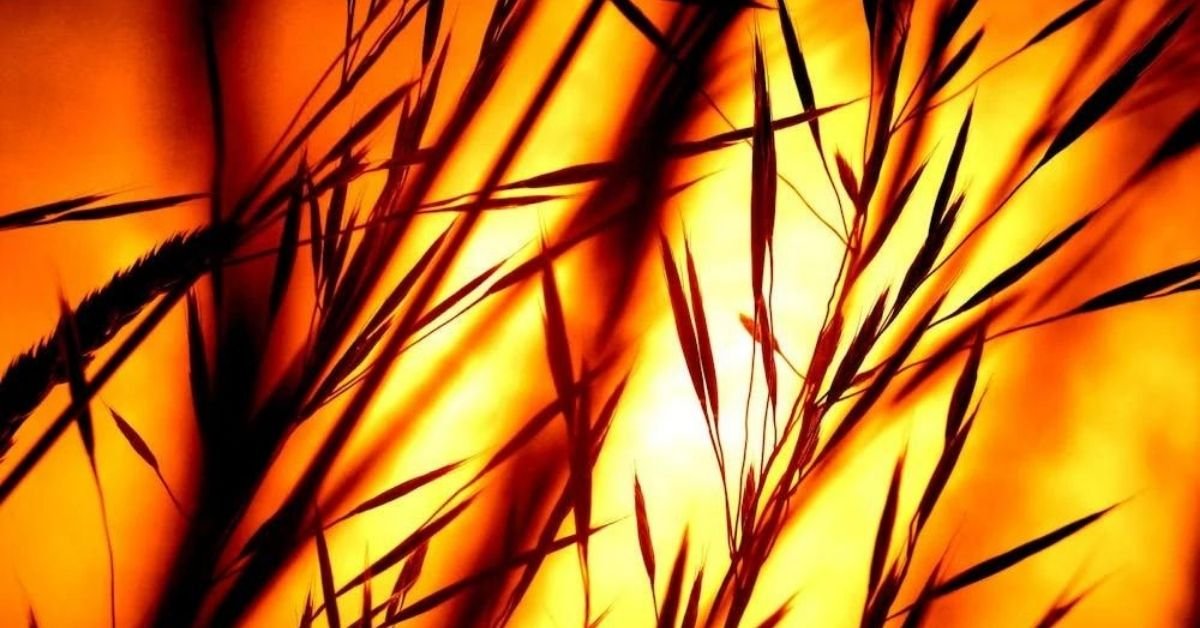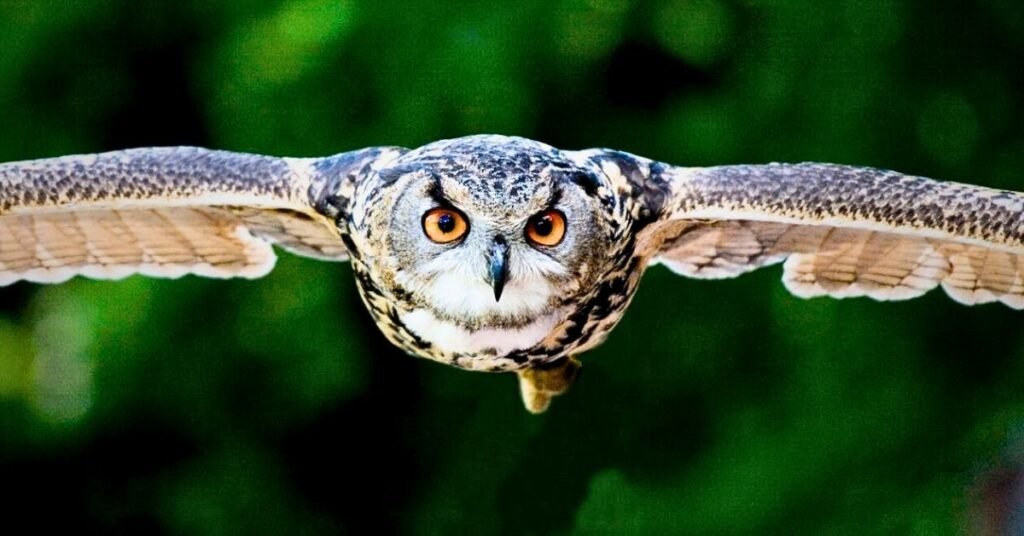Wildlife photography is an exhilarating blend of art and adventure, offering photographers the chance to capture fleeting moments in the wild. Whether you’re a beginner or have some experience, mastering wildlife photography requires a balance of technical skill, patience, and respect for nature. In this guide, we’ll dive into key wildlife photography tips that will help you elevate your photography game and capture nature in its most raw and beautiful form.
1. Start with the Right Gear
One of the most important wildlife photography tips is to ensure you have the right gear. Wildlife photography often involves shooting from a distance, so investing in a good telephoto lens is essential. Look for lenses with at least 300mm focal length, allowing you to capture clear, detailed shots without getting too close and disturbing the animals.
Additionally, you’ll need a reliable camera body capable of fast autofocus and good performance in low light. A DSLR or mirrorless camera with a decent burst mode is a great option for catching fast-moving subjects.
2. Understand Animal Behavior
Understanding your subject is as important as understanding your camera. Different animals have unique patterns of behavior, and knowing these can make a huge difference when capturing great shots. For example, many animals are more active at dawn and dusk, which also happen to be the best times for natural lighting.
Research the animals you want to photograph before heading out. Learn about their feeding habits, territories, and behaviors so you can anticipate their movements. This knowledge will help you be at the right place at the right time to capture those perfect moments.
3. Master the Art of Patience
Wildlife photography demands patience. Unlike other photography genres, you can’t control your subject’s movements. The key is to be still and wait for the right moment. Many successful wildlife photographers spend hours or even days observing animals before getting the shot they want.
It’s essential to be mentally prepared for long periods of waiting. During this time, have your camera ready and maintain focus on your surroundings. Wildlife photography is often about capturing the unpredictable, and those who wait are rewarded with spectacular shots.
4. Use Burst Mode for Fast-Moving Subjects
Animals move quickly and unpredictably, which can be challenging for beginners. One of the best wildlife photography tips is to utilize your camera’s burst mode. Burst mode allows you to take multiple shots in rapid succession, giving you a better chance of capturing the exact moment when the animal is perfectly framed.
Burst mode is especially useful when photographing birds in flight, predators chasing prey, or animals running. Although it results in more images to sift through later, the perfect shot will be worth the effort.
5. Shoot in the Golden Hours

Lighting is one of the most critical factors in any form of photography, and wildlife photography is no exception. The best times to shoot wildlife are during the golden hours — shortly after sunrise and just before sunset. During these periods, the light is softer, creating a warm glow that enhances the overall aesthetic of your images.
Shooting in harsh midday light can result in strong shadows and blown highlights, which may detract from the quality of your images. In low light conditions, consider increasing your ISO or using a lens with a wide aperture to capture clear, well-lit shots.
6. Keep a Safe and Respectful Distance
One of the most important wildlife photography tips is to maintain a safe distance from the animals you’re photographing. Not only is this for your safety, but also for the animals. Getting too close can disturb their natural behavior, which could result in stress or even dangerous encounters.
Use your telephoto lens to get close-up shots without physically approaching the animals. Always be mindful of the environment and never attempt to bait or provoke animals for the sake of a photograph. Ethical wildlife photography respects the animals and their natural habitat.
7. Focus on Composition
While capturing stunning wildlife shots requires technical skills, composition plays a major role in making an image stand out. One of the basic composition techniques is the rule of thirds. By placing your subject off-center, along one of the horizontal or vertical lines, you create a more dynamic and visually pleasing photo.
Another great composition tip is to leave some negative space around your subject. This technique allows the viewer’s eye to focus on the animal and gives a sense of the environment in which it was captured.
8. Use Fast Shutter Speeds for Action Shots
Wildlife photography often involves fast-moving subjects, making it crucial to use a fast shutter speed to freeze the action. For birds in flight or animals on the move, aim for a shutter speed of at least 1/1000th of a second to avoid motion blur. For slower-moving animals, a slightly lower shutter speed, such as 1/500th, can suffice.
If you’re shooting in low-light conditions, you may need to balance your settings by raising your ISO or opening up your aperture to ensure proper exposure.
9. Post-Processing for the Perfect Image
Post-processing can enhance your wildlife photos and bring out the best in them. Editing tools like Adobe Lightroom or Photoshop allow you to adjust exposure, contrast, sharpness, and color balance to create a polished final image. However, it’s important to avoid over-editing. Strive for a natural look by enhancing the features that make your image stand out without making it appear artificial.
Additionally, some post-processing techniques, like cropping or sharpening specific areas of the image, can highlight the details of your subject without compromising the overall composition.
links:
10. Practice Ethical Wildlife Photography Tips
As much as we love capturing animals in their natural habitat, it’s important to remember that our presence can have an impact. Ethical wildlife photographers prioritize the well-being of the animals and the preservation of their environment.
Avoid disturbing animals by making loud noises or getting too close. Never feed or manipulate wildlife to get a shot. It’s also important to stay on designated trails and avoid damaging plants or other parts of the ecosystem in pursuit of the perfect photo. By practicing ethical wildlife photography, we can ensure the safety and health of the species we capture on camera.
Keep Learning and Experimenting
Wildlife photography is a lifelong journey of learning and experimentation. As you continue to practice and hone your skills, try experimenting with different techniques, perspectives, and subjects. Challenge yourself to photograph new species or visit new environments to expand your portfolio.
Join wildlife photography communities or take courses to learn from others in the field. Peer feedback can be invaluable in improving your work and expanding your understanding of wildlife photography as an art form.
Conclusion
Wildlife photography offers a unique way to connect with nature and capture the beauty of the animal kingdom. With the right gear, patience, and knowledge of animal behavior, you can create stunning images that tell a story. By following these wildlife photography tips, you’ll be better prepared to capture the magic of the wild while maintaining ethical and respectful practices.








